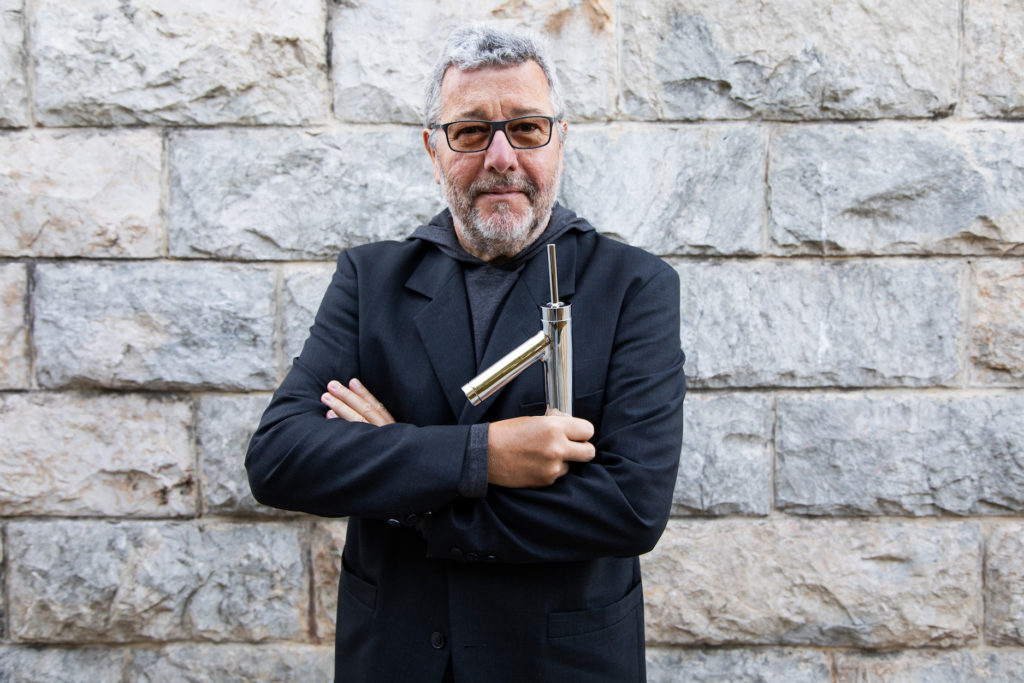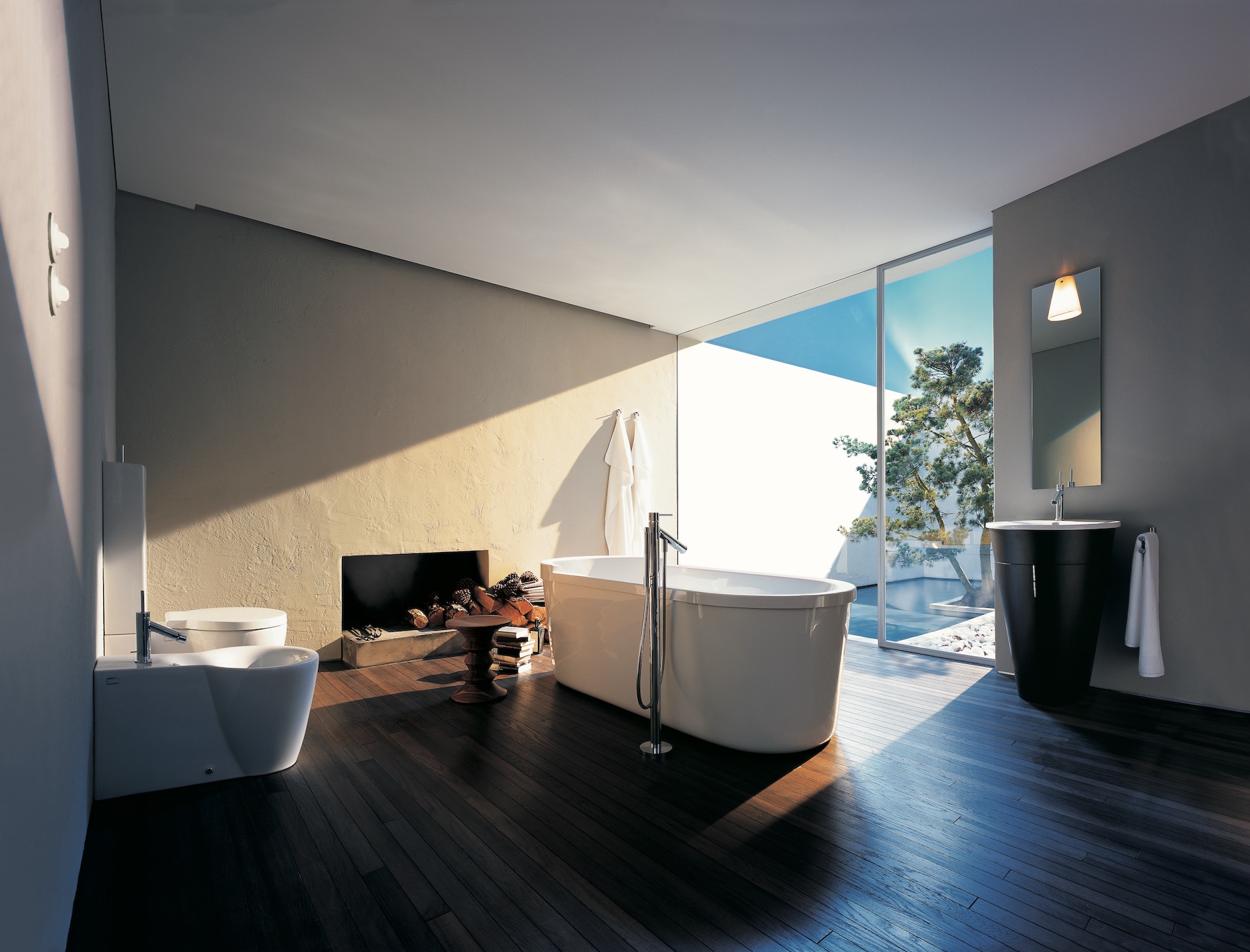The List’s Project Spotlight column features unparalleled projects created by our forward-thinking List members. By going straight to the source—and having the designers demystify the methods behind their designs—we hope to enlighten and inspire our creative audience to further push the boundaries of what is possible in the realm of design.
Even for someone as accomplished and successful as Philippe Starck, a lot of things go by the wayside. Designs are lost, products are discontinued or simply fall out of favor. All in all, most of what you do—no matter how talented you are—isn’t going to stand the test of time.
But then there are the survivors and the thrivers—designs that break through the dross and keep themselves alive year after year. One such success for Starck is the eponymous line of faucets he crafted for AXOR back in 1994. Now celebrating its 25th anniversary, the fixture has become… well… a fixture and a star in its category well on its way to icon status. Thanks to a smart, elegantly industrial and minimalist design, the line always seems just a few years ahead, even as it approaches a quarter century of life.
Starck shares a few thoughts on its creation and what makes the AXOR Starck such a special line of products below.
AXOR is a member of The List, the destination for all things Surface-approved. Want to join The List? Contact our team to find out how to apply.
APPLY
Inspiration: The idea was very simple because, with me, everything is simple. It’s just water, the beauty of water. And it was a great honor for me to speak about water because I love water. I live on water. I’m always close to water. And there is a beauty in water. The more you put things—materiality—around water, the less it’s beautiful. The idea was to make a design that was deeply, structurally respectful of water. And strangely, I had the idea of a farm. It’s very simple on an old farm, the relation with water. You have the water from a source. There is a pipe. You have a bucket. You have a pump and the water goes in the bucket. The first thing to bring water in history was the pump, and everything was to make [the design] as simple as this.
Challenges: Strangely, the biggest challenge was to fight trends. This market, which is a very serious market, had the funny idea at this time that we could change a faucet or sink every two years, like a miniskirt, which is completely ridiculous. When I brought my faucet, it was a big surprise because it was not fancy design. I even remember some people told me, “Yes, it’s nice, but you know, it’s not very Starck.” And I said, “What is Starck?” They said, “You know, things like that [makes an elaborate hand gesture].” I said, ‘Yes, but for water, we don’t need things like that. We just need to have the water, the beauty of the water.’ But after [the initial surprise], there was an unanimity, and I think I can say—we can say—that it completely changed the market.
Uniqueness: [The AXOR Starck works] because there’s nothing useless. Because the clear vision of making a model and collection absolutely timeless—based on the right quality, right intelligence, right vision, right ergonomics—was right.
Takeaway: I am not intelligent. I am not able to think complicated things. But I have an instinct that tells me how to find the heart of the subject—the bone, the spine, the center of the subject. And this collection is all about that. That’s why this collection is perhaps one of the best examples of work which is useful.
VIEW ON THE LIST
(Photography Courtesy of AXOR)


